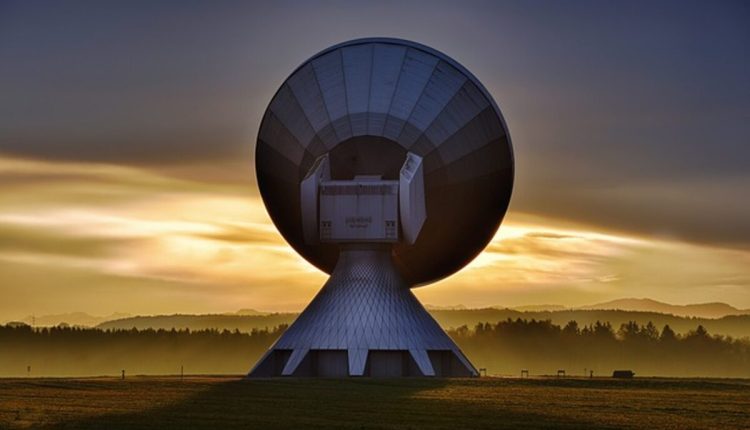What, You Want to Work in Satellite Installation?
You may have even put in a satellite yourself or witnessed its installation. Perhaps you’ve perused a help wanted ad and thought, “I could do that.” The commercial may allude to the lucrative potential of deploying satellite equipment. Allow me to assist you in making a wise choice.
Assume you have seen a want ad seeking satellite installers. Perhaps it would have looked like this;
Needed: Satellite Dish Installer
Putting in satellite systems can net you $600 to $1200. This is a FANTASTIC chance! Although experience and SBCA Certification are helpful, training is provided. Perform your duties as a free agent; Individual tasks are paid for. A ladder, drill, hand tools, and a valid driver’s license are required. We need a truck or a van.
Call (000)000-0000
This monetary offer doesn’t sound terrible. You seem open to new information. Being your boss as an independent contractor seems appealing. You’re the one to call because you can access the ladder and truck. An interview is scheduled at your convenience.
The person conducting the interview is most likely the owner, manager, or installation manager. Remember that this person’s salary is contingent on the installations being finished. There is a significant probability of getting recruited if you have a clean driving record, look presentable, and can work effectively with tools. Let’s take a look at the cash now. Let’s say they fork over $50 for a full install and another $10 for each receiver. Twenty installations plus twenty extra receivers totaled two thousand dollars ($1200). You’ll start shadowing an experienced rider, and then, after a few days, you’ll be on your own. When you first set out independently, you will likely only have time for two a day.
You should remember that you will need to make some initial investments. In addition to the standard tools and materials, you will also need a ladder, a ladder rack, meters, crimpers, strippers, cutters, a mobile phone, a computer, internet connectivity, and general liability insurance. It’s possible that your future “boss” will put up some of this money to get you started, but you’ll still need to put your own money in.
Let’s consider the ongoing expenses now. Your gas money will be the main cost. When business was booming, I drove more than a thousand miles a week. The expense of gas is a significant factor in the mileage, but it is not the only factor. There’s also the cost of servicing, like replacement parts, adjustments, and tune-ups. The worth of your car decreases with every mile you drive it. Check online to evaluate mileage’s effect on your car’s resale price. A decent approximation of your expenses would be the amount the government permits you to deduct for each mile driven.
The expenditures of a mobile phone, internet service, general liability insurance, and office supplies should also be factored in.
Finally, we can’t overlook fiscal considerations. When you’re your boss, you’re responsible for footing both the employee and employer ends of the bill. You may deduct quite a bit, and the government recognizes this fact because it takes money to run a business.
We haven’t even factored in the dangers you’ll face. There are no safety nets in the form of unemployment insurance or worker’s comp. You’ll be on your own to foot the bill for any medical, disability, life, or dental coverage you require. You’ll need to put away some cash to cover your expenses while you’re away from work on vacation.
You’re lucky to be making minimum pay at this rate. Working for a company that pays $10 per hour would be preferable. Places where everything you need, including the truck and insurance, is provided for you. In a subsequent piece, I’ll go into greater depth on costs. This is the first of many installments. As I complete each one, I will post it to my website.
Satellite broadband technology experts at groups.msn.com (http://groups.msn.com/SatelliteBroadbandTechnicians).
For over a decade, I’ve made my living as a satellite professional. DirecTV Dish Network is a project I was involved in.
C-band (whole picture)
Two-way Ka-band and TVRO over Ku-band
VSAT
TV and Internet via Microwave
Warning systems with UHF and VHF antennas
The flat-screen projection for the home theater
transmission of sound and picture
MDU Master Control Unit for MATV/SMATV IR and RF
Among the businesses I’ve helped are:
Quantum AT&T Protection
Satellite Pointing Southerly
Radical Direct TV
It’s on Dish!
PrimeStar Heartland Wireless TV Increased Cable Variety
Telephone Company of Harrisonville
PrimeTV Wireless Mikes Dillards
Walmart
Amazon.com Inc. Target Corp.
Electronics by CC Bell
DSI TechNet Digivision Installs, Inc. Professional Installation
Hughes-Thomson-CE SpaceNet
Sony Multi-Channel Satellite Receiver
Star-Spangled Satellite
USS Saturn TWA Dome (now Ed Jones Dome) NCC iDirect
The World-Famous Barr Telesat Ideas for Your Home Cable
Personalized Electronics for the House
I served as a Cryptologic Technician in the Navy for a decade. Initially, I enrolled in the Great Lakes Basic Electricity and Electronics Course. Ill
Read also: What Makes Contact Center Solutions More Vital Than Ever Before?


